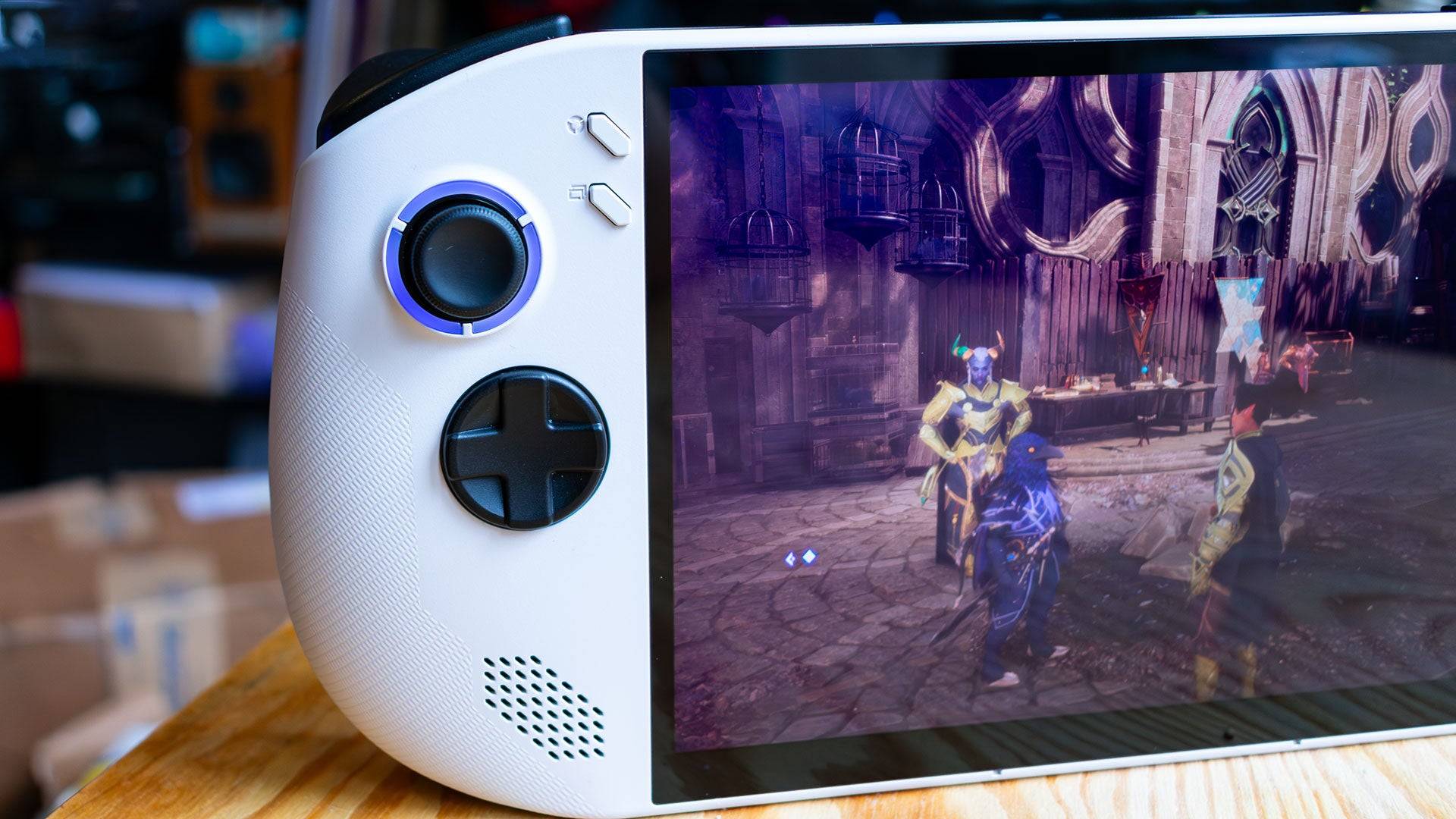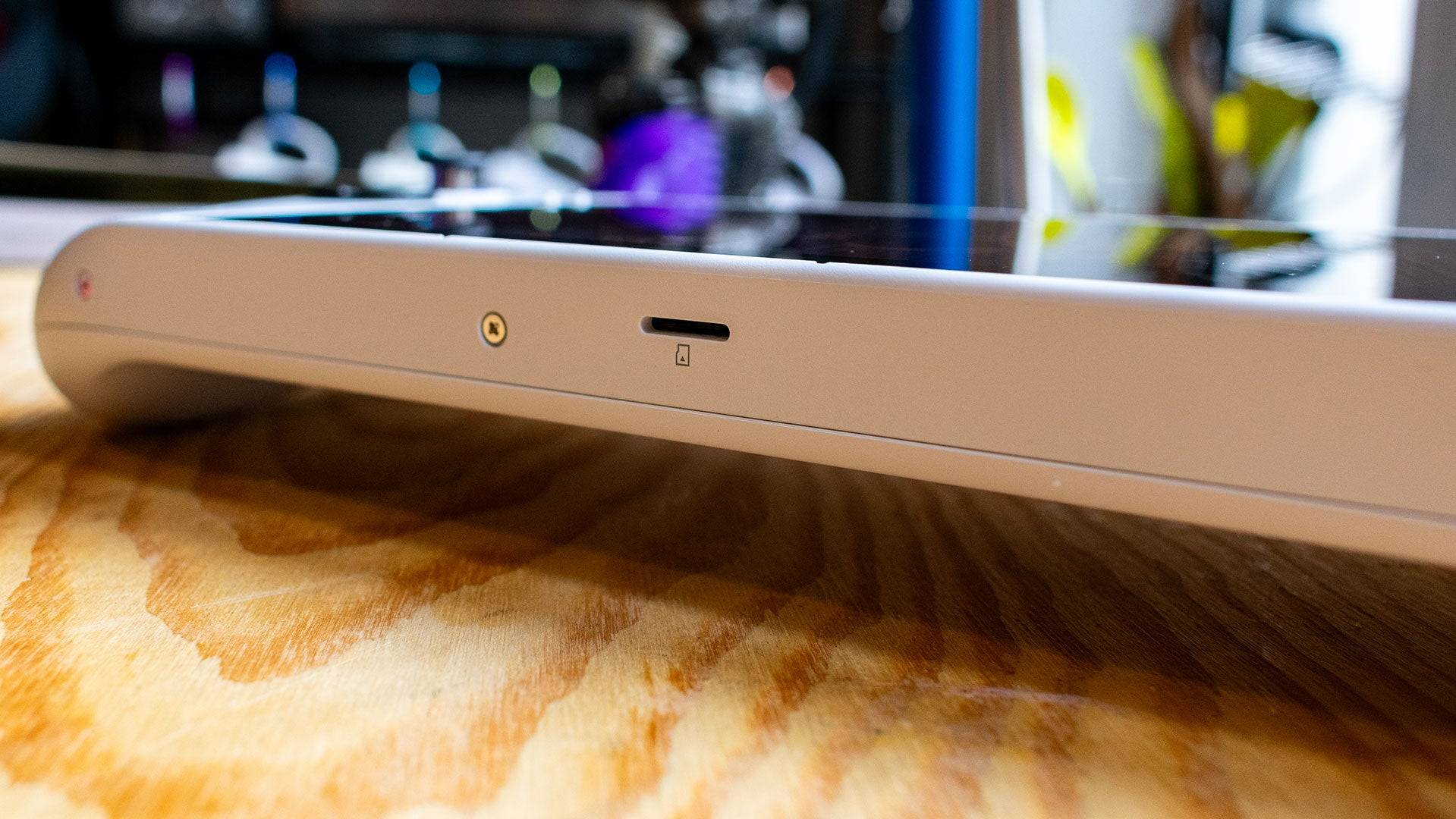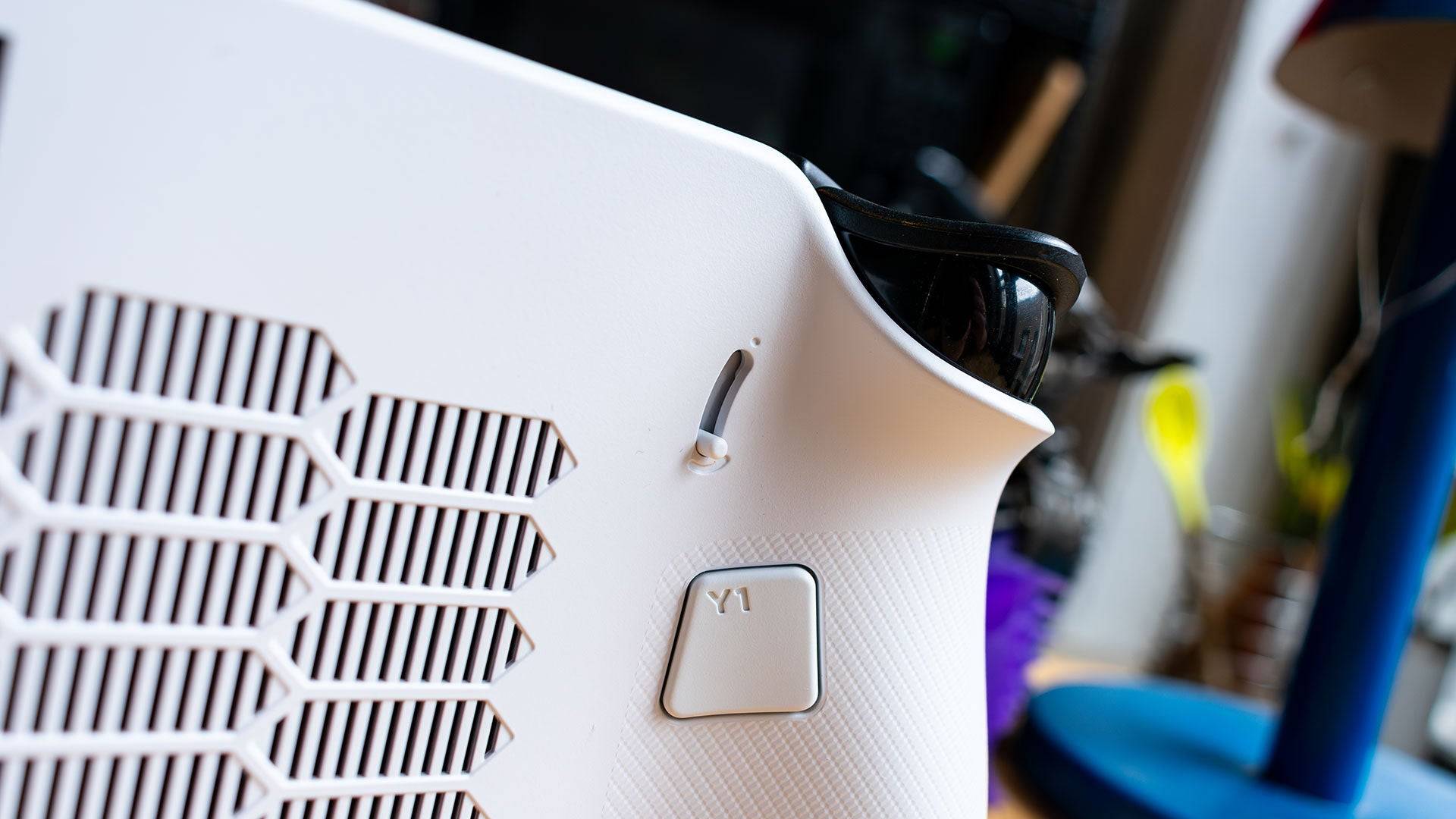The Lenovo Legion Go S: A Handheld PC Review
Handheld gaming PCs have surged in popularity, largely thanks to the Steam Deck. Lenovo's Legion Go S aims to compete, offering a refined design compared to its predecessor. However, its performance and pricing present a mixed bag.
The Legion Go S boasts a unibody design, ditching the original's removable controllers and numerous buttons. A SteamOS version is slated for later this year, a first for a non-Valve handheld, but this review focuses on the Windows 11 model. Priced at $729, it faces stiff competition from similarly priced alternatives.
Lenovo Legion Go S – Image Gallery

 7 Images
7 Images



Lenovo Legion Go S – Design and Features
The Legion Go S resembles the Asus ROG Ally more than its predecessor. Its unibody design enhances usability. Rounded edges improve comfort during extended gaming sessions, despite its considerable weight of 1.61 pounds (slightly lighter than the original Legion Go, but heavier than the Asus ROG Ally X).
The 8-inch, 1200p IPS display, boasting 500 nits of brightness, is a standout feature, delivering vibrant visuals. It rivals the best handheld displays, second only to the Steam Deck's OLED. Available in Glacier White and Nebula Nocturne (the latter exclusive to the SteamOS version), it features RGB lighting around the joysticks.
Button placement is more intuitive than the original, though the Lenovo menu buttons above the standard 'Start' and 'Select' buttons initially cause some confusion. However, these menu buttons offer quick access to system settings and shortcuts. A smaller touchpad compared to the original makes Windows navigation slightly less convenient.
Programmable paddle buttons on the back offer improved tactile feedback. Adjustable triggers offer only two settings: full and minimal travel. Two USB 4 ports are located on top, while a MicroSD card slot is unusually placed on the bottom.
Lenovo Legion Go S – Purchasing Information
The reviewed configuration ($729.99) includes an AMD Z2 Go APU, 32GB LPDDR5 RAM, and a 1TB SSD. A more affordable 16GB RAM/512GB SSD version will launch in May for $599.99.
Lenovo Legion Go S – Performance Analysis
The AMD Z2 Go APU, a Zen 3 processor with 4 cores/8 threads and an RDNA 2 GPU with 12 cores, is the Legion Go S's core component. Benchmark tests reveal performance lags behind the Legion Go and ROG Ally X. Battery life, at 4 hours and 29 minutes (PCMark10), is surprisingly shorter than the original Legion Go.
Gaming performance is mixed. While it slightly outperforms the original Legion Go in some titles (Hitman), it falls short in others (Total War: Warhammer 3, Cyberpunk 2077). Demanding games like Horizon Forbidden West struggled even at low settings. Less demanding games, such as Persona 5, run smoothly.
The High Price of Extra RAM
The $729 price tag for the 32GB RAM configuration seems excessive, especially considering the weaker APU and lower resolution display. While the extra RAM can be beneficial (increasing Cyberpunk 2077 FPS from 21 to 28 after BIOS adjustment to allocate 8GB to the frame buffer), it's largely unnecessary for most handheld gaming scenarios. The May release of the $599 16GB RAM version offers significantly better value.
Poll: Which Handheld Are You Most Excited For in 2025?
AnswerSee ResultsConclusion: The Lenovo Legion Go S offers a compelling design and excellent display, but its performance doesn't justify the premium price of the initial configuration. The lower-priced 16GB RAM version is a much more competitive option.

 Latest Downloads
Latest Downloads
 Downlaod
Downlaod




 Top News
Top News









